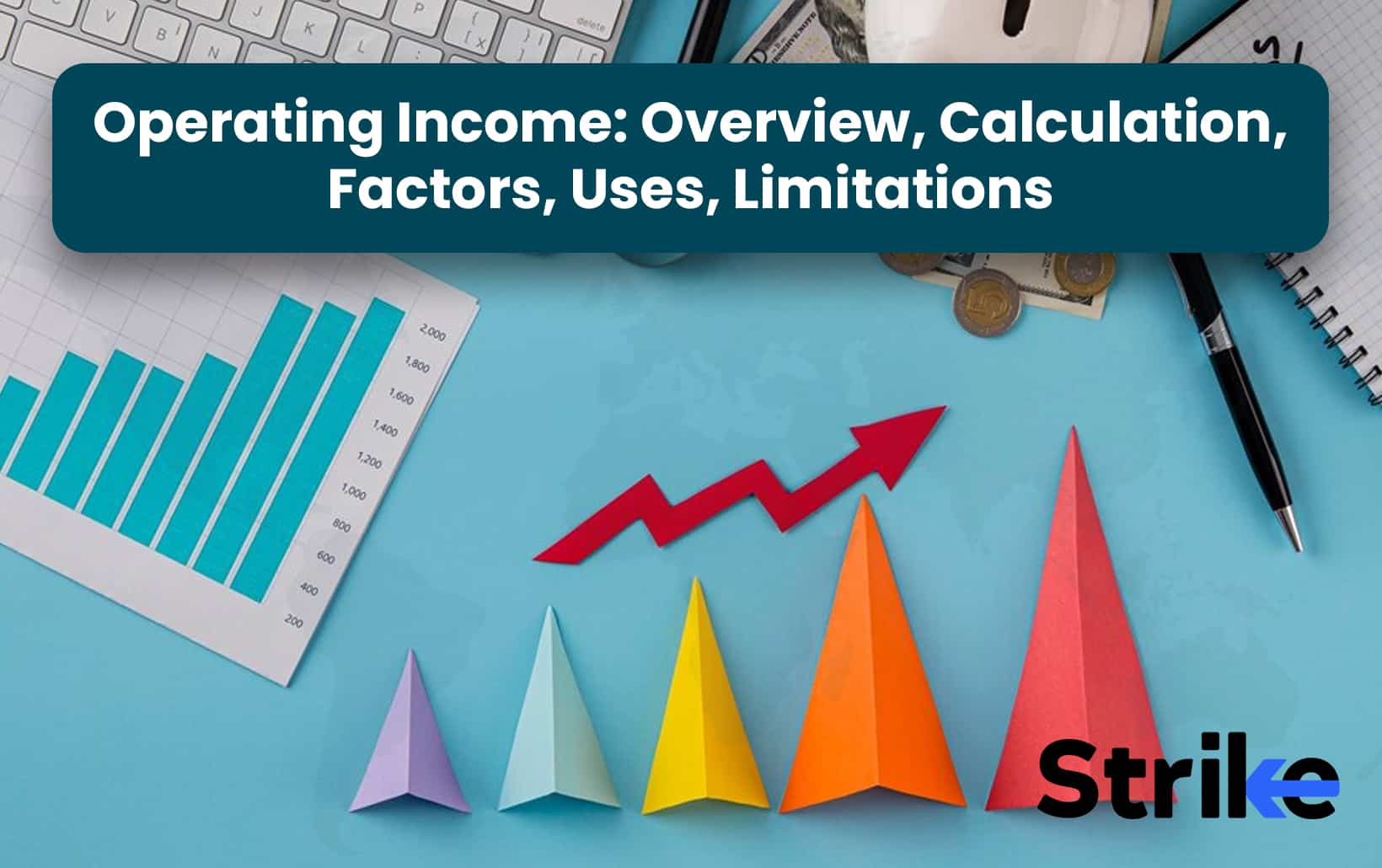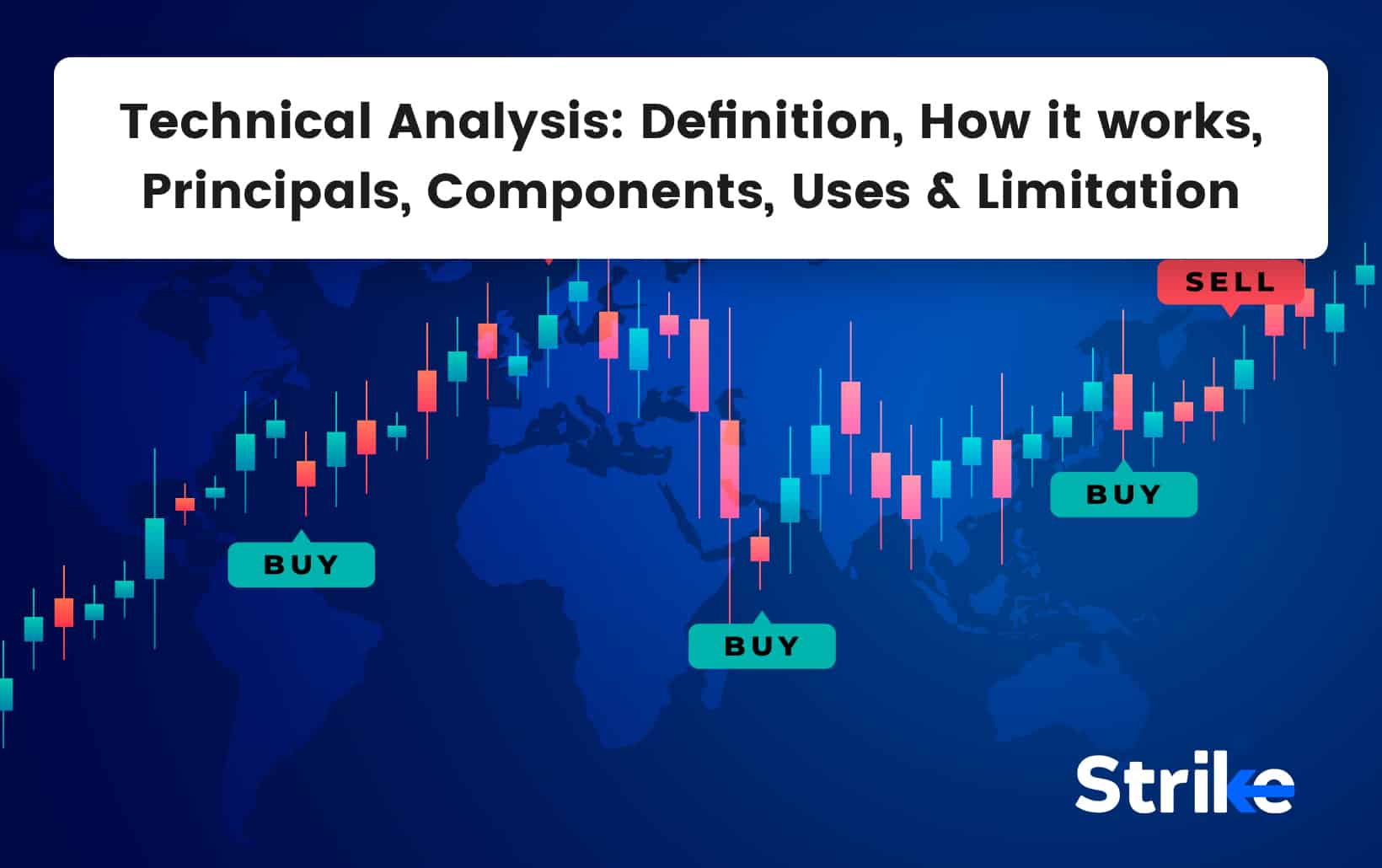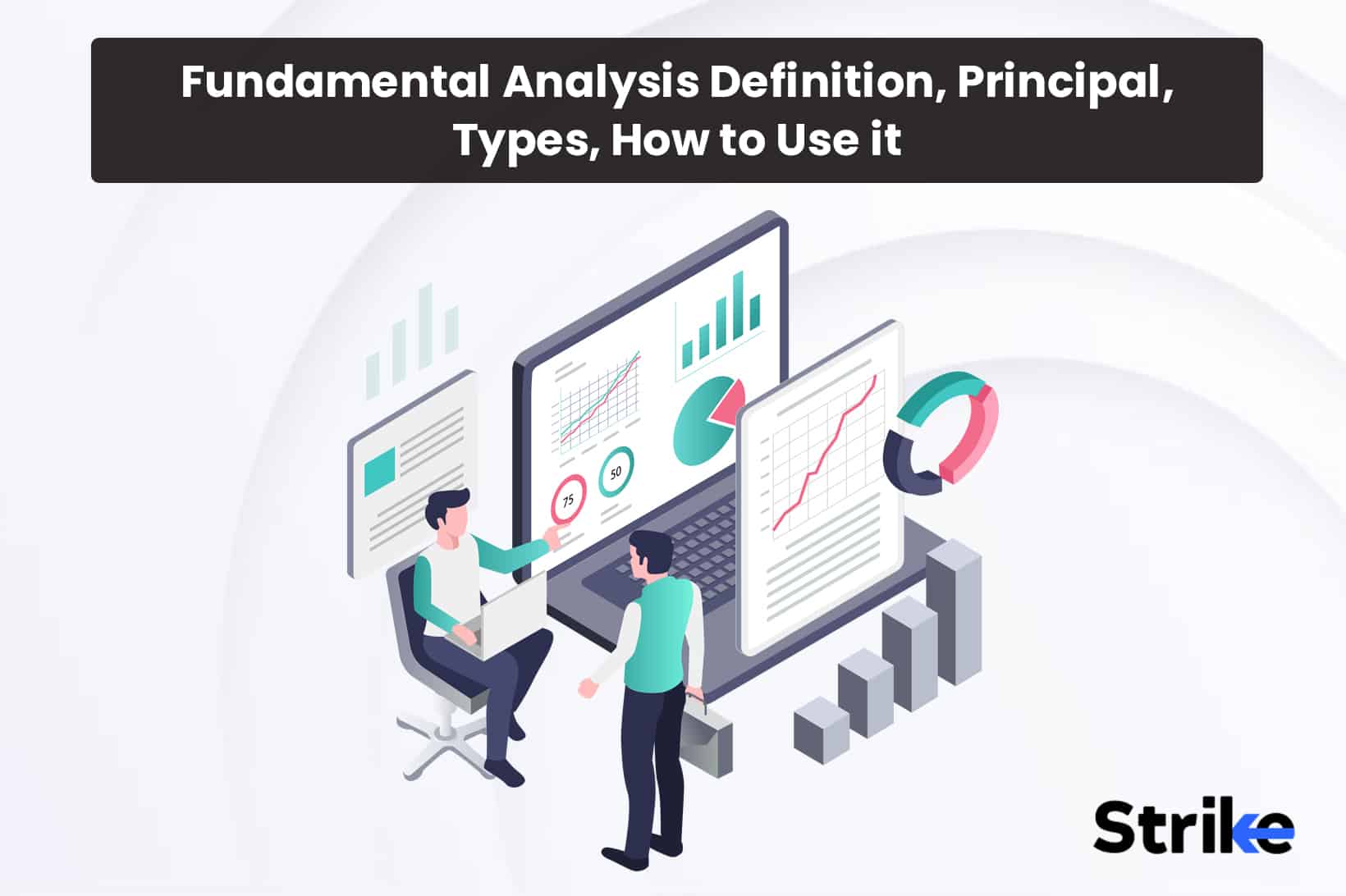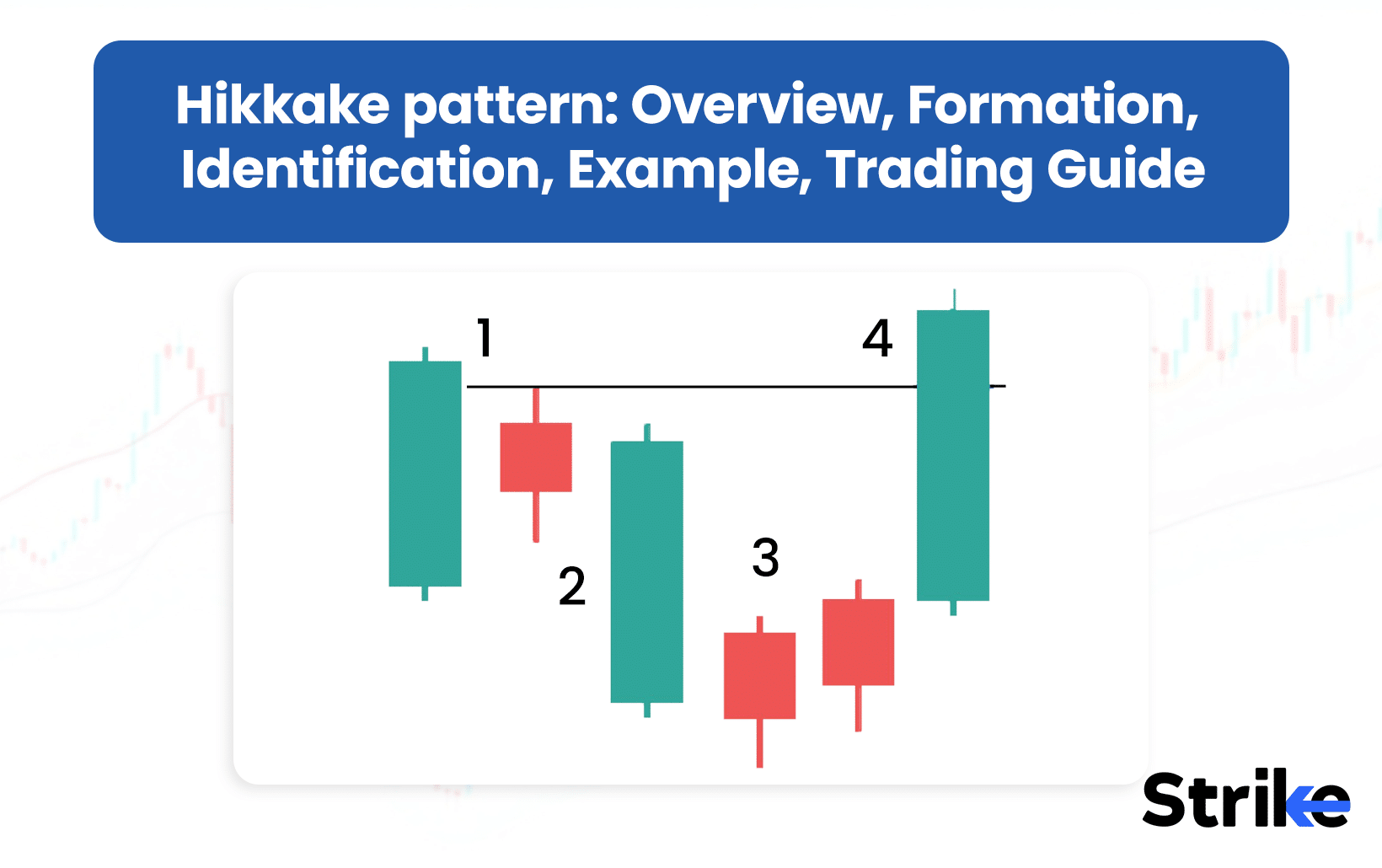
Operating income is an accounting metric that estimates the profit generated by a business’s operations after subtracting operating expenses, including wages, depreciation, and cost of goods sold (COGS). Operating income does not encompass capital expenditures or any non-operating income. A company’s profitability is frequently assessed in relation to its continuous operations.
Using operating income for fundamental analysis allows investors to evaluate a company’s core operations and profitability from its primary business activities. However, a major limitation is that operating income excludes interest expenses and taxes, failing to provide a comprehensive assessment of overall financial health and profitability. Despite this, operating income remains a valuable metric for analyzing the efficiency and performance of a company’s core business operations.
Operating income is a critical metric used by analysts to evaluate a company’s fundamental profitability from its daily business operations. Based on a study conducted by the Harvard Business School, “Operational Efficiency and Business Profitability” in 2020, organisations that prioritise optimising their operating income experience an average 15% increase in profitability. The study examined more than 500 businesses from a variety of industries and discovered a robust correlation between long-term financial stability and high operating income.
The article provides an in-depth overview of operating income, including its calculation methods, factors affecting it, its usage in fundamental analysis, and its limitations. It also highlights the differences between operating income and net operating income, as well as other important financial ratios related to profitability.
What is Operating Income?
Operating income is an accounting metric that estimates the profit generated by a business’s operations after subtracting operating expenses, including wages, depreciation, and cost of goods sold (COGS). Operating income does not encompass capital expenditures or any non-operating income. A company’s profitability is frequently assessed in relation to its continuous operations. In order to evaluate a company’s fundamental profitability from its daily business operations, analysts utilise operating income as a critical metric.
Based on a study conducted by the Harvard Business School, “Operational Efficiency and Business Profitability” in 2020, organisations that prioritise optimising their operating income experience an average 15% increase in profitability. The study examined more than 500 businesses from a variety of industries and discovered a robust correlation between long-term financial stability and high operating income.
How to Calculate Operating Income?
Operating income is calculated by subtracting operating expenses from revenue using the top-down method, bottom-up method, or cost accounting method.
- Calculating Operating Income Using Top-Down Method
Starting with total revenue, the top-down approach to calculating operating income subtracts a variety of costs and expenses to determine operating income. The formula below is used to calculate operating income using this method.
Operating Income = Gross Profit – Operating Expenses – Depreciation – Amortisation
Where,
Gross Profit = Total Revenue – Cost of Goods Sold
Operating Expenses = Selling, General & Administrative Expenses
Depreciation = Allocation of capital asset costs over their useful life
Amortisation = Allocation of intangible asset costs over their useful life
First, gross profit is determined by subtracting the cost of products sold from the total net revenue. After that, administrative costs, marketing, sales, and research and development expenses are subtracted. The following step involves subtracting depreciation and amortisation, as they are not accounted for in operating expenses.
The top-down approach encompasses a comprehensive overview of operating income commencing with total revenues. It deducts various categories of expenses in the order of fixed versus variable costs. This approach is relatively straightforward to calculate and comprehend. One of its limitations is that it does not offer detailed information regarding each individual operating expense. It calculates the operating income generated exclusively from ongoing primary business activities in an efficient manner.
- Calculating Operating Income Using Bottom-Up Method
The bottom-up method calculates operating income by beginning at the bottom of the income statement with net income. The calculation of net income is represented below.
Net Income = Operating Income – Interest Expense – Tax Expense
To calculate operating income using the bottom-up method, the formula is as stated below.
Operating Income = Net Income + Interest Expense + Tax Expense
Where,
Net Income = Bottom line profit on the income statement
Interest Expense = Cost of interest on debt
Tax Expense = Income taxes
In this approach, the initial step is to extract net income from the bottom of the fully completed income statement. Interest expense and tax expense are subsequently reincorporated into net income. This is due to the fact that interest and taxes are not accounted for in operating expenses or regarded as integral to a company’s fundamental operations. Thus, they must be reintroduced in order to calculate operating income.
The comprehensive view of operating income is provided by the bottom-up approach, which employs the completed income statement. It is necessary, however, to have the entire income statement prepared beforehand. Top Down vs. Bottom Up method provides different perspectives on a company’s operating income. An individual company’s operating income is analysed using the bottom-up method approach; however, it does not permit comparisons between companies, as the top-down method does.
- Calculating Operating Income Using Cost Accounting Method
Operating income is determined by subtracting all direct and indirect costs from net revenue using the cost accounting method. Taxes and interest expenses are generally not deemed direct or indirect costs, and therefore do not require inclusion in the same manner as they are in the top-down and bottom-up approaches previously discussed.
The formula for the cost accounting approach is as stated below.
Operating Income = Net Revenue – Direct Costs – Indirect Costs
Where, Net Revenue is total revenue minus deductions like product returns, allowances, and discounts. Direct Costs are expenses directly tied to producing a product or service, like material and labour costs. Indirect Costs are expenses that cannot be easily traced to a specific product or service, like administrative expenses and depreciation.
The cost accounting approach calculates operating income by analysing the internal tracking of costs. It does not necessitate a comprehensive external income statement. However, this method does not enable operating income comparisons between companies, as the top-down method does, due to the potential for different direct and indirect cost classifications. However, it does provide valuable internal information on profitability by product line or business segment.
Companies have the option of employing top-down, bottom-up, or cost accounting methods to determine operating income. Each option offers a unique perspective that is tailored to meet specific analytical requirements.
Which Factors Affect the Operating Income of a Stock?
The three main factors that affect a stock’s operating income are revenue and sales, cost of goods sold, and operating expenses.
1. Revenue & Sales
A company’s operating income is significantly influenced by revenue and sales. Revenue generated from the sale of products and services is the primary figure that is incorporated into the operating income calculation. Increased revenues and sales indicate that the organisation is receiving additional funds. This results in an increase in operating income, or earnings before interest and taxes. As per a study conducted by the McKinsey Global Institute titled “Revenue Growth and Corporate Profitability” in 2021, firms that experience a 10% increase in revenue typically experience a corresponding 12% increase in operating income.
On the other hand, declining revenues and lacklustre sales exert downward pressure on operating income. The company’s revenues decrease when consumers are not purchasing its products. Reduced revenues necessitate less funding to satisfy operational expenditures. Maintaining profit margins becomes exceedingly difficult amid stagnant or declining revenue growth.
As per the Boston Consulting Group’s research, “Challenges in Revenue Management” in 2019, organisations that experience a 5% decrease in revenue frequently experience a more substantial decline in operating income, with an average of approximately 8% due to the fixed nature of numerous operational costs. To maintain operations, companies are sometimes compelled to reduce expenses or incur debt. However, diminishing revenues will eventually result in a decline in operating earnings.
Increased revenues and operating income are achieved by selling an increased number of units, even at reduced prices. The top line is also sometimes enhanced by increasing prices, provided that demand and unit volumes do not decline significantly.
2. Cost of Goods Sold
Another crucial factor that affects a company’s operating income is the cost of goods sold COGS. COGS is the term used to describe the direct expenses associated with the production of commodities or services by a company. This encompasses manufacturing overhead costs, direct labour, and raw materials.
Operating income decreases as a result of an increase in COGS, while it increases as a result of a decrease in COGS. This is because gross profit is calculated by subtracting COGS from revenues, and operating expenses are then subtracted to determine operating income. In accordance with a study in 2021 by Taylor, published in the Journal of Accounting Research titled “Impact of COGS on Operating Income” revealed that a 5% increase in COGS typically results in a 3% decrease in operating income, highlighting the sensitivity of operating income to changes in production costs.
Companies are interested in preserving operating margins by ensuring that their COGS are optimal. Steps such as outsourcing manufacturing, improving production efficiency, or negotiating better rates from suppliers helps reduce COGS. However, COGS is sometimes inflated by factors such as escalating commodity prices, increased labour costs, and supply chain disruptions.
According to a study conducted by the Institute for Supply Management, “Supply Chain Disruptions and Financial Performance” by Miller in 2019, organisations that encountered substantial supply chain disruptions encountered a 6% increase in COGS, which had a detrimental effect on their operating income.
3. Operating Expenses
A company’s operating income is also directly influenced by its operating expenses. Sales, general and administrative expenses, amortisation, depreciation, and research and development expenses comprise operating expenses. These expenses are not directly associated with production; however, they are necessary for the organisation’s operations.
Higher operating expenses decrease operating income and margins. The amount of profit that remains after deducting these costs decreases as operating expenses increase in relation to revenues. The Harvard Business Review conducted a study titled “The Impact of Operating Expenses on Profitability” in 2020, which revealed that a 10% increase in operating expenses typically leads to a 6% decrease in operating income. Companies might face increased expenses in the areas of marketing, distribution, lease, utility, labour, or other typical business expenses. The absence of cost control measures could additionally increase operating expenses.
Operating income is also enhanced by reducing controllable operating costs. The objective of organisations is to optimise operational efficiency and reduce unnecessary expenditures. According to a report by McKinsey & Company, “Cost Reduction Strategies for Sustainable Growth” in 2019, operating income increased by an average of 12% for companies that implemented cost control measures, including automating processes, renegotiating contracts, and reducing headcount.
Revenue, cost of goods sold, and operating expenses are the key factors driving a stock’s operating income, with a unique study by McKinsey in 2008 titled “Driving Profitability” finding revenue growth has double the impact on operating income compared to cost reductions.
How to Use Operating Income During Fundamental Analysis?
To use operating income during fundamental analysis, investors evaluate a company’s core operations by analysing its operating income. For example, look at the image below.

The image showcases data related to Reliance Industries Ltd. The chart from Strike.money, displays the Operating Income, also known as Earnings Before Interest & Taxes (EBIT), over a period of 10 years. Upon observing the graph, it becomes evident that the Operating Income has experienced a consistent increase throughout the depicted timeframe.
The operating income (EBIT) for Reliance Industries Ltd. has shown a significant upward trend from around ₹40,000 crores in March 2015 to approximately ₹120,000 crores in March 2024.
This upward trajectory serves as a fundamental analysis indicator of the company’s sustained growth and profitability in its operations. The data presented in the chart format enables users to visualize and analyze the numbers effectively, allowing for a comprehensive understanding of Reliance Industries Ltd.’s financial performance over the past decade.
How to Find the Operating Income of a Stock?
Follow the below steps to find the operating income of a stock using Strike.money.
- Search for the ‘Stocks & Indices’ section at the top, beside the Strike logo.
- Select the desired stock, for example, Reliance Industries Ltd.
- Click on the ‘Fundamentals’ tab, which will direct you to the fundamental analysis section of the chosen stock, containing all the fundamental data.
- Companies release fundamental details either Quarterly or Annually. For reference, the Operating Income can be navigated in the Quarterly Profit & Loss (P&L) or Annual P&L section. In the below image, the Operating Income of Reliance Industries Ltd is displayed in the Annual P&L tab.

The fourth bold metric is labeled as “Earnings Before Interest & Taxes (EBIT),” which is also known as Operating Income. By performing a horizontal analysis, it is evident that the stock has consistently improved its Operating Income over the years. The platform provides 10 years of data for analysis.
What are the Limitations of Using Operating Income?
The main limitation of using operating income is that it does not account for interest or taxes. Operating income exclusively evaluates a company’s profitability from its primary operations, disregarding non-operating activities. As a result, it fails to offer a comprehensive assessment of a company’s financial health or profitability.
An additional significant limitation is that the capital structure of a company is not reflected in operating income. Operating income does not consider the impact of debt obligations or the financing of operations, as interest expense is excluded. It is possible for a company that is highly leveraged to generate robust operating income despite the presence of substantial interest expenses and balance sheet issues.
The Journal of Financial Economics conducted a study titled “The Impact of Leverage on Operating Income” in 2021 which revealed that companies with high leverage sometimes maintain robust operating income figures in spite of significant interest expenses and balance sheet issues. The research demonstrated that 35% of highly leveraged companies had operating incomes that were 20% higher than their net incomes after accounting for interest expenses, which presented a misleading representation of the company’s overall financial health.
In addition, tax obligations and benefits are not considered in operating income. As a result of the exclusion of taxes, operating income fails to accurately represent the company’s after-tax profitability. It is possible that the reported operating income is significantly different from the net income after taxes are applied.
According to a report by Deloitte titled “Taxation and Corporate Profitability” in 2020, variances between operating income and net income are substantial due to variations in tax situations. The report discovered that in 40% of the companies analysed, operating income was on average 25% higher than net income after taxes. This complicates the process of comparing companies, particularly when they have distinct tax situations.
What is the Difference Between Operating Income & Net Operating Income?
The following table outlines the primary differences between operating income and net operating income, with an emphasis on the calculation, utilisation, and influences of taxes, extraordinary items, depreciation, and interest expense.
| Attribute | Operating Income | Net Operating Income |
| Definition | Income from a company’s normal core business operations | Operating income after taxes |
| Calculated as | Revenue – Operating expenses | Operating income – Taxes |
| Used for | Evaluating profitability of core business operations | Evaluating profitability after taxes |
| Excludes | Non-operating income like interest, dividends | Non-operating income like interest, dividends |
| Higher or Lower | Higher than net operating income | Lower than operating income |
| Tax Impact | Pre-tax | After-tax |
| Extraordinary Items | Sometimes includes extraordinary items | Excludes extraordinary items |
| Depreciation | Does not deduct depreciation expense | Deducts depreciation expense |
| Interest Expense | Does not deduct interest expense | Deducts interest expense |
Operating income offers a pre-tax perspective on core business profitability, whereas net operating income provides a post-tax perspective that excludes specific non-operating items, despite the fact that both metrics are essential for financial analysis.
What are the other important Financial Ratios available?
The other important financial ratios available are EBIT margin ratio, gross profit margin ratio, net profit margin ratio, return on assets ratio, and return on equity ratio. The EBIT margin ratio is a metric that quantifies the operational profitability of a company in relation to its total revenue.
Gross profit margin, net profit margin, return on assets, and return on equity are profitability ratios that assist in evaluating a company’s profitability in relation to critical financial metrics. These ratios offer a perspective on the efficiency with which a company is generating profits from its operations.








![85 Common Stock Market Terminologies for Dummies [Updated List for 2025] 16 85 Common Stock Market Terminologies for Dummies [Updated List for 2025]](https://www.strike.money/wp-content/uploads/2025/04/Popular-Stock-Market-Terms-for-Beginners-Banner.png)











No Comments Yet.